In the vast world of reptiles, turtles and tortoises stand out as captivating creatures. They have unique features and lifestyles. These seemingly similar animals possess distinct characteristics that make them fascinating in their own right. Join me on this journey as we delve into the enchanting realm of turtles and tortoises, uncovering the secrets hidden beneath their protective shells.
Turtles
Turtles are often hailed as the gentle wanderers of the natural world. These remarkable reptiles have adapted to a wide range of habitats. With their streamlined shells and flippers, turtles navigate their environments with astonishing agility. Their patient nature and longevity symbolize wisdom and endurance. As ancient beings that have roamed the Earth for millions of years. Turtles inspire awe and remind us of the beauty and harmony of the natural world.
Few lines about turtles
These enchanting creatures have fascinated humans for centuries, and it’s no wonder why. So, let’s dive into a few interesting lines about these amazing reptiles.
- “Nature’s Time Travelers: Turtles, the Ancient Explorers” – Turtles hold the key to unlocking the mysteries of our planet’s past. With their slow and steady pace, they are true time travelers, offering us glimpses into a world long gone.
- “The Art of Adaptation: Turtle’s Shell as a Masterpiece of Survival” – The shell is a defining feature of turtles. It serves not only as a protective armor but also as a unique habitat.
- “The Aquatic Acrobats: Turtles’ Graceful Dance Underwater” – These marvelous reptiles glide effortlessly through the depths, showcasing their mastery of aquatic locomotion. Whether it’s the serene swimming of sea turtles or the agile maneuvers of freshwater species, their underwater ballet is a sight to behold.
- “Turtle Tales of Endurance: Survivors Against the Odds” – Turtles embody resilience like few other creatures. Despite facing numerous challenges, such as habitat loss and pollution, these tenacious reptiles have persevered for millions of years. Their ability to adapt, their patience, and their remarkable lifespan are testaments to their unwavering spirit and determination to survive.
- “Guardians of the Ecosystem: Turtles’ Vital Role in Nature” – Beyond their individual beauty, turtles play a crucial role in maintaining the balance of ecosystems. As omnivores, they help control populations of plants and animals, and as nest builders, they contribute to beach and riverbank stability. Protecting turtles means safeguarding the delicate harmony of our natural world.
Visit Pediastic Blog post to read more interesting posts and facts.
Turtle Legs/ Turtle flippers
Turtle legs or turtle flippers) are marvels of adaptation. Evolved for ocean life, these powerful appendages propel them through the water with remarkable agility. Turtle flippers highlight their versatility and adaptability.
Tortoises
The Earth tortoise is a fascinating creature that has captivated our imagination for centuries. With their sturdy shells and slow, deliberate movements, these ancient reptiles symbolize wisdom and resilience. Earth tortoises have roamed the planet for millions of years. Their longevity and steadfastness remind us of the importance of patience and endurance in our own lives. Observing the majestic Earth tortoise in its natural habitat is an awe-inspiring experience
The history of the tortoises
The history of tortoises stretches back millions of years, making them true living relics. These ancient creatures have witnessed the shifting landscapes, the rise and fall of civilizations, and the evolution of countless species. Fossil records indicate that tortoises have inhabited the Earth for over 200 million years, surviving through different geological eras. As they continue their slow and steady existence, tortoises serve as a living link to the past.
About tortoises in English
Tortoise legs
Tortoise legs are robust and sturdy, perfectly suited for a life spent mostly on land. These strong
Tortoise teeth
Unlike mammals, tortoises do not have traditional teeth with enamel covering. Instead, they have a beak-like structure made of tough, keratinized material. This beak allows tortoises to grasp and chew their food, which primarily consists of vegetation. The shape and structure of their beak vary among different species.
Tortoise eyes
Tortoise eyes are intriguing and distinctive, offering a glimpse into their unique sensory capabilities. Tortoises have an excellent color perception, allowing them to discern various shades and hues in their environment. While they cannot see as clearly as humans, their visual acuity is well-suited for their needs. Interestingly, tortoises possess a nictitating membrane, a thin, translucent eyelid that can partially cover their eyes for protection without obstructing their vision entirely. This adaptation helps shield their eyes from debris and bright sunlight while maintaining visual awareness of their surroundings.
5 Sentences about tortoises
- Tortoises have the ability to retract their heads, legs, and tail completely into their protective shells.
- Some tortoise species can go without food or water for months.
- Tortoises are known for their slow growth rate, taking several years or even decades to reach their full size.
- Certain tortoise species, like the desert tortoise, have the ability to conserve water and can survive in arid environments.
- Tortoises are remarkably adept at navigating their surroundings and can remember and return to their preferred feeding and nesting locations.
10 points about tortoises
- Tortoises are fascinating reptiles known for their distinct features, including a protective shell that houses their body and limbs.
- These ancient creatures have a slow and deliberate pace, reflecting their calm and patient nature.
- Tortoises are primarily herbivorous, feeding with their powerful beak-like jaws.
- With lifespans that can exceed a century, tortoises symbolize longevity and endurance in the animal kingdom.
- Tortoises are found in various parts of the world and come in a range of sizes, from small and agile species to giant tortoises that can weigh hundreds of pounds.
- Tortoises are ectothermic reptiles, meaning their body temperature is regulated by the environment. They bask in the sun to absorb warmth and retreat into shade or burrows to cool down.
- Their shells, composed of an upper carapace and lower plastron, serve as a shelter during hibernation periods.
- Tortoises are known for their longevity, with some species like the Galapagos tortoise holding records as the longest-living terrestrial animals, living well over a century.
- These reptiles have a strong sense of smell and can detect food sources from a distance.
- Tortoises are generally solitary creatures, preferring a solitary lifestyle. However, they may gather in small groups during mating seasons or when sharing favorable habitats.
Malaysian tortoises
The Malaysian tortoise, also known as the Malayan box turtle (Cuora amboinensis), is a fascinating reptile endemic to the Southeast Asian region. It has become a popular choice among reptile enthusiasts. The Malaysian tortoise is known for its unique box-like shell and vibrant coloration. These tortoises are primarily semi-aquatic, spending time both on land and in freshwater habitats. They possess remarkable adaptability, thriving in diverse environments such as swamps, rivers, and even urban areas.
Difference between turtles and tortoises
Turtles and tortoises are both fascinating reptiles, but there are a few key differences between tortoises and turtles that set them apart:
- Habitat: Turtles are primarily aquatic or semi-aquatic. They spend a significant amount of time in water bodies such as oceans, rivers, or ponds. On the other hand, tortoises are exclusively terrestrial, dwelling on land and rarely venturing into water.
- Limb Structure: Turtles have streamlined bodies and webbed feet or flippers, which enable them to be excellent swimmers. In contrast, tortoises have sturdy legs with sharp claws, adapted for walking on land and navigating various types of terrain.
- Shell Shape: The shape of the shell also differs between turtles and tortoises. Turtles have a more streamlined, flattened shell, which aids in swimming. In contrast, tortoises have a domed shell that provides protection against predators and allows them to withdraw their head, legs, and tail fully within the shell.
- Diet: Turtles generally have a more varied diet, including both plant matter and small aquatic creatures like insects, fish, and crustaceans. Tortoises, on the other hand, are primarily herbivorous, feeding on vegetation such as grasses, leaves, and fruits.
- Behavior and Lifestyle: Turtles are often more active and mobile due to their aquatic habits, while tortoises are typically more sedentary, with slower movements. Tortoises tend to have longer lifespans than turtles, with some species living well over a century.
These differences reflect the distinct adaptations and ecological niches that turtles and tortoises have evolved to occupy, allowing them to thrive in their respective habitats.
Similarities between turtles and tortoises
Turtles and tortoises, despite their differences, also share several similarities:
- Reptilian Classification: Both turtles and tortoises are members of the reptile class, belonging to the order Testudines. They share common evolutionary characteristics and are part of the same taxonomic group.
- Shell Structure: Turtles and tortoises possess a protective shell that is a defining feature of their anatomy. The shell is composed of an upper carapace and lower plastron, formed from bony plates covered by a layer of keratin.
- Cold-Blooded Nature: Like all reptiles, both turtles and tortoises are ectothermic, meaning their body temperature is regulated by the external environment. They rely on basking in the sun or seeking shade to regulate their body temperature.
- Scaled Skin: Turtles and tortoises have scaly skin, which helps to protect their bodies and reduce water loss. These scales contribute to their overall reptilian appearance.
- Long Lifespans: Turtles and tortoises are known for their impressive lifespans compared to many other animals. Some species can live for several decades or even over a hundred years, making them some of the longest-living creatures on Earth.
- Ancient Lineage: Both turtles and tortoises have a long evolutionary history, with fossil evidence dating back millions of years. They are considered living fossils, as their basic body plan and adaptations have remained relatively unchanged over time.
While turtles and tortoises have distinct characteristics and habitats, they share fundamental biological traits that connect them as fascinating members of the reptile world.
FAQs about turtles and tortoises
Q: What is tortoise’s meaning in Hindi?
Ans: In Hindi, the word for “tortoise” is कछुआ (pronounced “kachhua”).
Q: How fast do tortoises grow?
Ans: Tortoises are known for their slow growth rates compared to many other animals. The growth rate of tortoises can vary depending on the species, environmental conditions, and individual factors. Generally, tortoises take several years or even decades to reach their full size. Some smaller species may reach their adult size within 5-10 years, while larger species, such as the Galapagos tortoise, may continue to grow for several decades.
Q: What is a baby turtle called?
Ans: A baby turtle is typically referred to as a “hatchling.” Once a turtle hatches from its egg and makes its way to the water or the appropriate habitat, it is considered a hatchling.
Q: What is the turtle house name?
Ans: The housing structure or shelter specifically designed for turtles is commonly referred to as a “turtle tank” or “turtle enclosure.” These structures are created to provide a suitable and secure environment for turtles to live in captivity.
Q: What is a group of turtles called?
Ans: A group of turtles is commonly referred to as a “bale” or a “nest” of turtles. However, it’s important to note that turtles are generally solitary animals and do not typically form social groups or congregate in large numbers. They tend to lead independent and solitary lives, except during specific situations such as nesting or mating seasons, where temporary gatherings may occur.
Q: What is that which is slow-moving and has a shell?
Ans: The animal that is slow-moving and has a shell is a tortoise. Tortoises are reptiles known for their characteristic shells, which provide them with protection. They have a slow and deliberate pace, often associated with their calm and patient nature.
Q: Do tortoises have hair?
Ans: No, tortoises do not have hair. Hair is a characteristic feature of mammals, and tortoises are reptiles. Reptiles, including tortoises, have scales on their skin instead of hair. These scales serve various functions such as protection, preventing water loss, and aiding in movement.
Q: Do tortoises have a tail?
Ans: Yes, tortoises do have a tail, although it is relatively short and stubby compared to the tails of some other animals. The tail of a tortoise is typically hidden within its shell and may not be as easily visible. It is often retracted within the protective enclosure of the shell. The tail of a tortoise plays a minimal role in locomotion and is not as prominent or elongated as the tails of certain other reptiles.
Q: Is the tortoise a reptile or amphibian?
Ans: The tortoise is a reptile, not an amphibian. Reptiles are characterized by traits such as having scaly skin, being ectothermic (relying on external heat sources to regulate body temperature), and laying amniotic eggs. Amphibians, on the other hand, belong to the class Amphibia, which includes animals like frogs, toads, and salamanders. Amphibians are typically known for their dual life stages, spending part of their lives in water (as aquatic larvae) and part on land (as adults).
Q: Is a turtle a farm animal?
Ans: Turtles are not typically considered farm animals in the traditional sense. Farm animals are domesticated animals that are specifically raised and managed for agricultural purposes, such as for meat, milk, eggs, or fiber production. While some turtles may be bred or kept in controlled environments, it is generally for conservation or pet trade purposes rather than for commercial farming.
Q: Can tortoises feel their shell?
Ans: Tortoises, like other reptiles, have sensory receptors in their shells. These receptors allow them to sense pressure, touch, and other tactile sensations on their shell. The shell of a tortoise is a living part of its body, composed of bone and covered by a layer of keratinous scutes. Beneath the surface, there are nerve endings that enable them to perceive sensations. While the shell itself is not as sensitive as areas with more exposed skin, tortoises can still perceive touch and pressure on their shell to some extent. It is an important part of their sensory perception and contributes to their overall awareness of their surroundings.
Q: Do tortoises have teeth?
Ans: Tortoises have a unique dental structure that differs from mammals and some other reptiles. Instead of having traditional teeth with enamel covering, tortoises have a beak-like structure made of tough, keratinized material. This beak allows them to grasp and chew their food, which primarily consists of vegetation.
Q: Do tortoises have ears?
Ans: Yes, tortoises do have ears, although their ear structure may differ from mammals. The ears of tortoises are located on the sides of their heads, usually concealed beneath their skin or scales. While they lack external ear structures like mammals, tortoises have small ear openings that allow them to detect sounds. These ear openings are usually covered by flaps of skin or scales for protection. Tortoises have the ability to perceive low-frequency sounds and vibrations in their environment, which helps them detect potential threats or locate potential food sources. However, their hearing abilities may not be as acute as those of mammals.


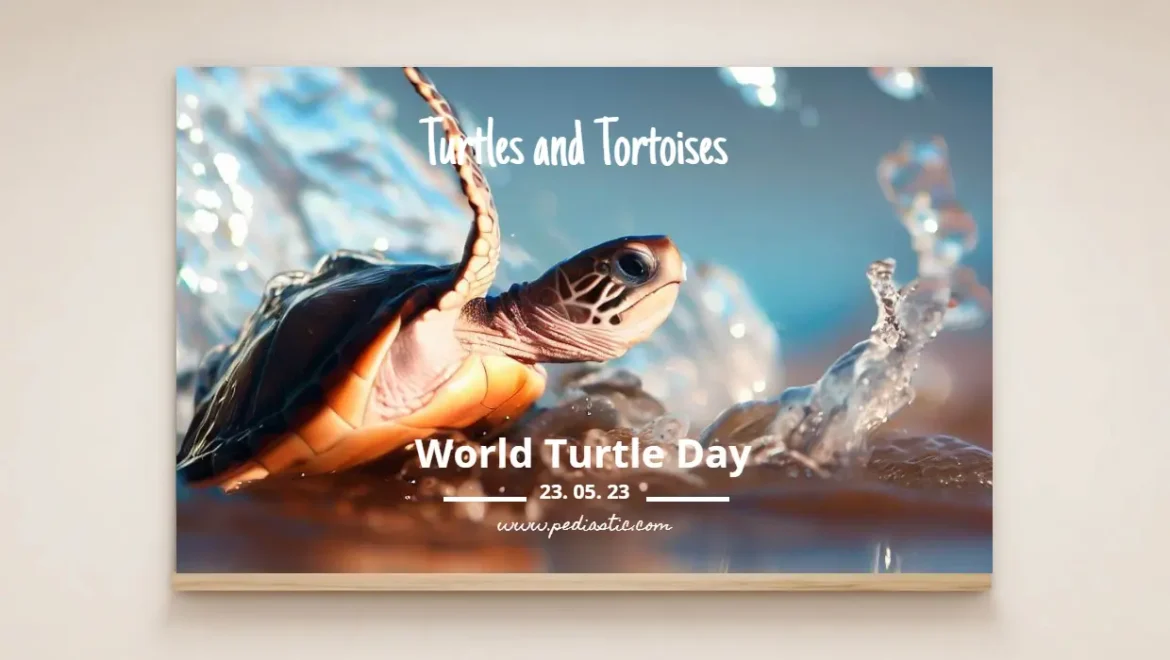
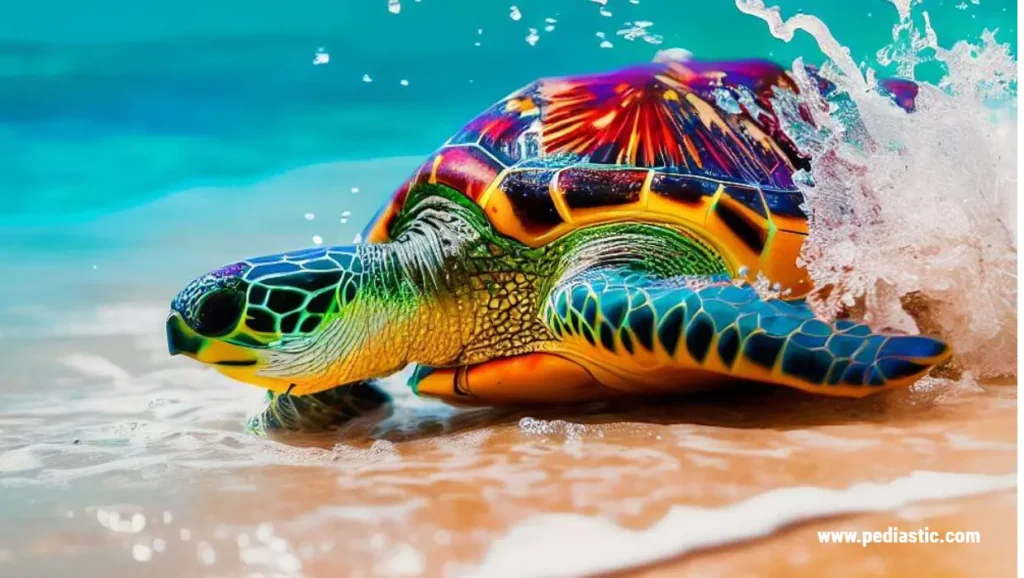

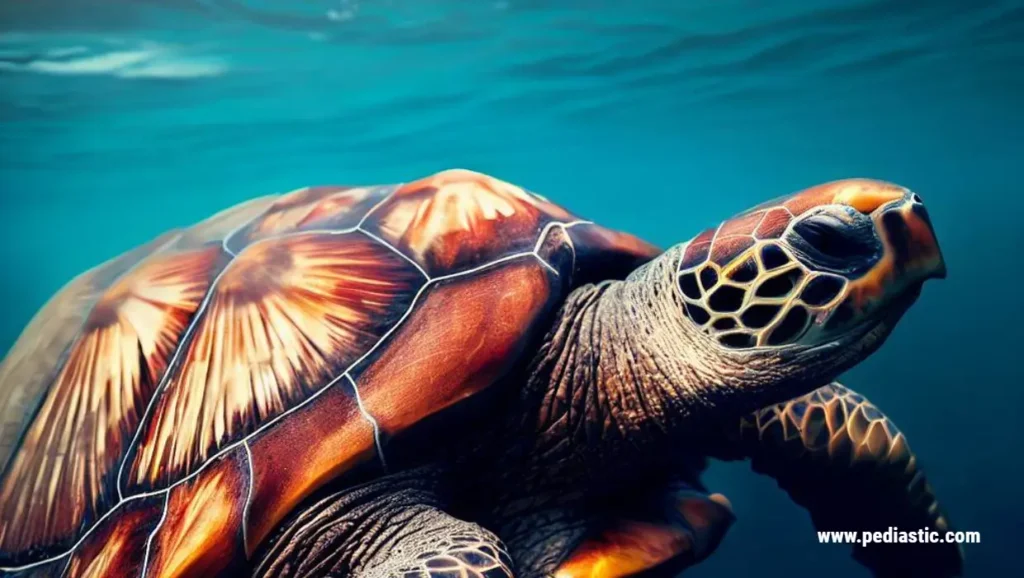
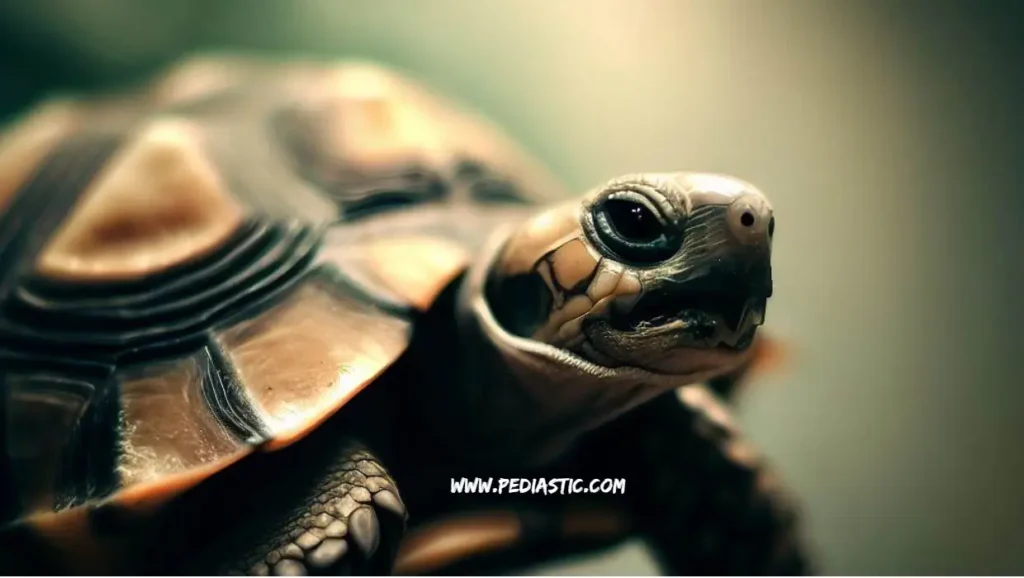
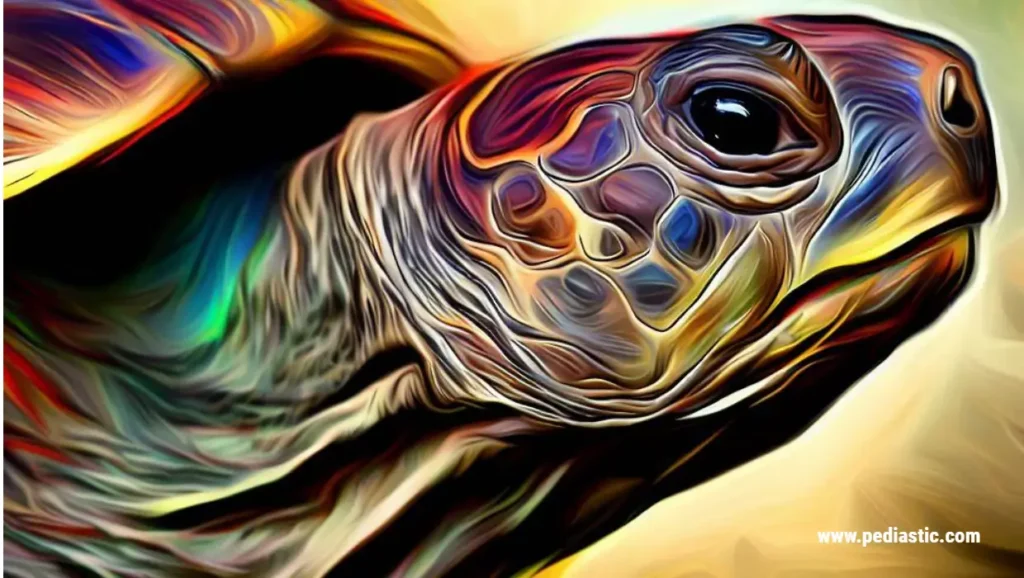
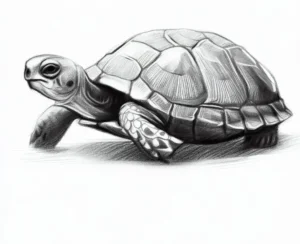
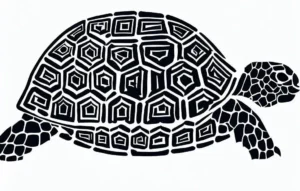
5 comments
Zachariah Wong
Winnie Vaughan
Camille Mack
Timothy Boyd
Brixton Keith